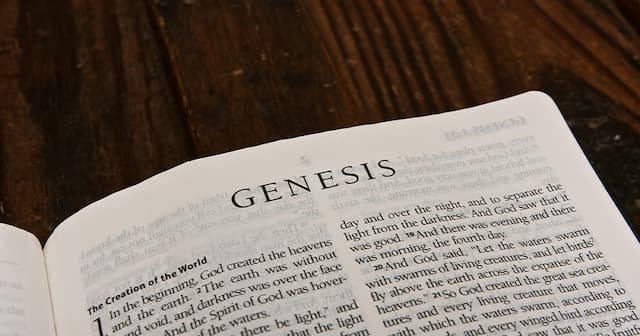
The Story Starts Here: Reading Genesis with New Eyes
Genesis may feel familiar, but it holds more than we often notice. Slow down and discover how these opening chapters shape the entire story of Scripture—and your walk with God.


Genesis may feel familiar, but it holds more than we often notice. Slow down and discover how these opening chapters shape the entire story of Scripture—and your walk with God.

3 Practical Ways to Become a Doer of the Word Years ago, after being out of the workforce for two decades, I decided to go back to work pa...

The Lord shall preserve your going out and your coming in from this time forth, and even forevermore. (Psalm 121:8) Why all the fuss over New Year’s? As clocks around …

It’s that time of year again! Amidst all the baubles, beads, and good cheer being dispensed as we close out 2025, it is also a good time to reflect on the year in faith-based entertainment that may or may not have caught your eye. For the Crossmap editorial team, once...